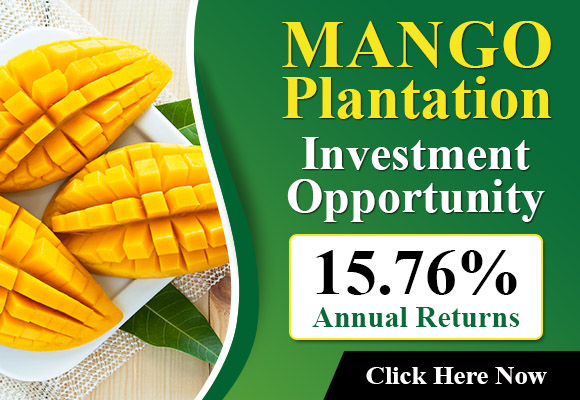What happened to the peppers that made it into Japan? Frederik Vossenaar from the Ministry of Agriculture, Fisheries, Food Security and Nature provides a brief history during a recent trip to Japan in which someone else believed that the pepper been brought to Japan by the Dutch. Frederik could confirm that this was the case.
Beginning of Exports
In 1993 in 1993, the Netherlands were granted permission to export peppers to Japan and other countries. “Before that time, the fruit vegetable was not even known to the public. There were local peppers present, but they were small that had a skin of a thin that was quite bitter. A long period of negotiations preceded the opening of markets, and exports would only be able to begin when all the arrangements were made within the Westland to check for the existence of the much-feared Mediterranean fruit mosquito.”
It was eventually approved in 1993. It’s a matter of: who would purchase peppers if nobody is aware of what can be done to do with the peppers? Budgets of the Product Board Fruit & Vegetables included cooking demonstrations. “Retail became interested in the first few months, however they found it a bit annoying because the Dutch availability was not continuous throughout the year. Dutch businesses also provided exports, particularly coming from New Zealand.”
South Korea’s Rise South Korea
Soon after, trade with South Korea also took off. “The markets access to Dutch peppers from Japan resulted in a rapid development of Korean greenhouse and horticulture. No one there was concerned about how much they sold locally; exporting to Japan was considered to be the ultimate goal with huge subsidy pots could be used to increase that. Dutch greenhouse builders as well as other producers made money.”
Korean farmers needed to adjust to the abundance of horticulture throughout the area. In the beginning, Frederik was a member of the agricultural council at the Embassy in Seoul, and a few curious farmers from the region would come to the doors of the agricultural council, he says. “Our greenhouses originate from the Netherlands along with our seeds as well as our rock wool and our climate control as well as an Dutch director of horticulture. For our exports to Japan are we able to get boxes bearing the words “Product of Holland” on these boxes?” It also brings back memories of a telephone call during the night, when it was stormy. “Good morning Mr. Vossenaar. one of the windows in our glasshouse is damaged, what can you do?”
Decline in exports
Dutch pepper exports towards Japan are down over the last few years. “High air freight rates have played the trade game for quite a while, and in the present, it’s the exchange rate which makes our exports extremely costly. The market is also experiencing a decline in interest among the growers in meeting the stringent Japanese standards. Export value for Dutch peppers Japan that ten years ago was estimated to be between 20 and 25,000 euros, approximately 5 tonnes, has reached around two to four million following a downturn in the corona year of 2020. less than 1,000 tonnes. This wasn’t solely our exports that declined: Korean exports to Japan were estimated at about eighty million euros and more than 30000 tonnes from 2015 to 2020, reached around 22,000 tonnes in 2023.”
The increase in production domestically
The decrease in Japanese imports are mostly an indication of higher manufacturing in the country, Frederik observes. “A many things have changed over the recent times. The exact figures for the increase in domestic production aren’t available however, in the stores I walked through, it was apparent that almost every pepper was originate from Miyagi, Ibaraki, Okayama, Oita, Koichi or Saitama.”
Smart Farming is currently in a rapid growth phase in Japan. “Structural adjustments including land reforms in order to increase the utilization of land that is abandoned and to encourage the use of large-scale agriculture have already produced the first signs of results. Smart Farming is being promoted through progressive legislative changes including the use of drones, or self-driving cars as well as crop protection and the swift, extensive roll-out of infrastructure that is required, like 5G and or the QZ Satellite System or standardised data platforms.’
Another intriguing trend is the increased participation of businesses that up until the last few years were not keen on agriculture. This includes ICT companies such as NTT or Fujitsu as well as the energy giant TEPCO.
Dutch expertise
The greatest challenges lie to the situation of the agriculture industry in Japan The Japan experts say. “The increasing and high the average age of farmers make it challenging to adopt modern techniques. A lot of them lack ICT skills, and keeping highly skilled employees who are able to handle technological advances is a struggle. The high cost of investment for greenhouses have been a significant obstacle to Japanese agriculture, but in the present exchange rate, it is even more so than it has ever been.”
But the potential to increase the production in the country is present, which is why horticulture is one of the subjects which the Netherlands will exhibit during the Osaka Expo 2025. Dutch Greenhouse Delta is working on the programming of these events.
Source: LinkedIn Frederik Vossenaar
Source: The Plantations International Agroforestry Group of Companies
